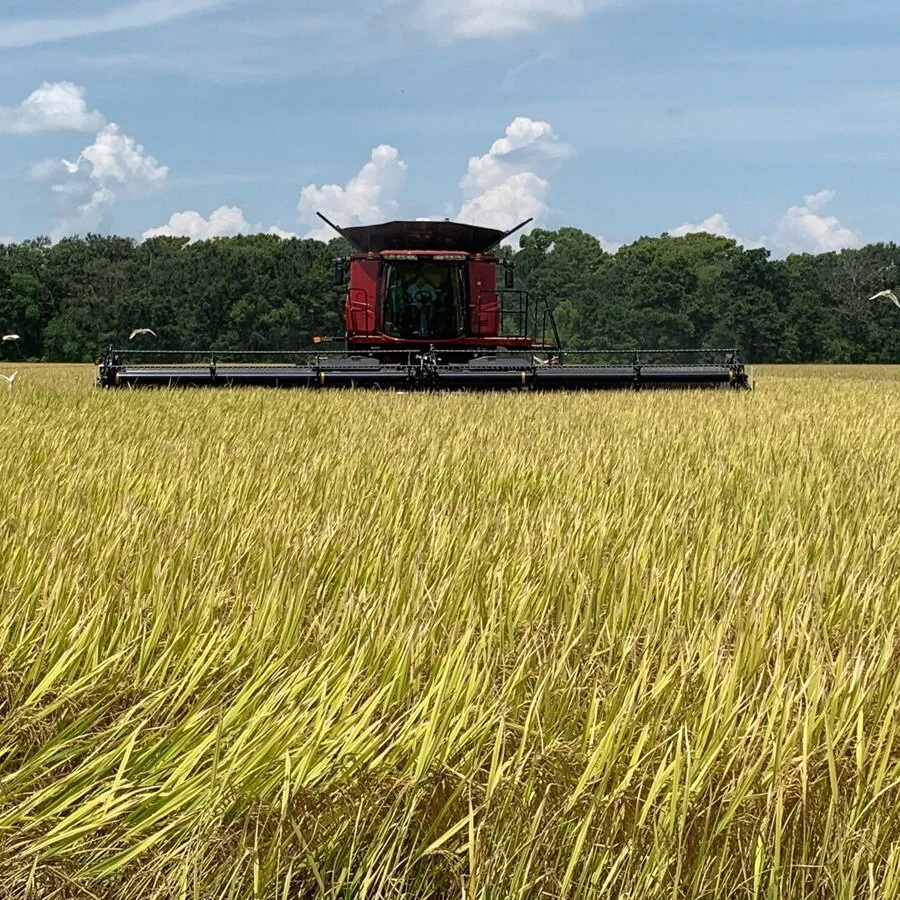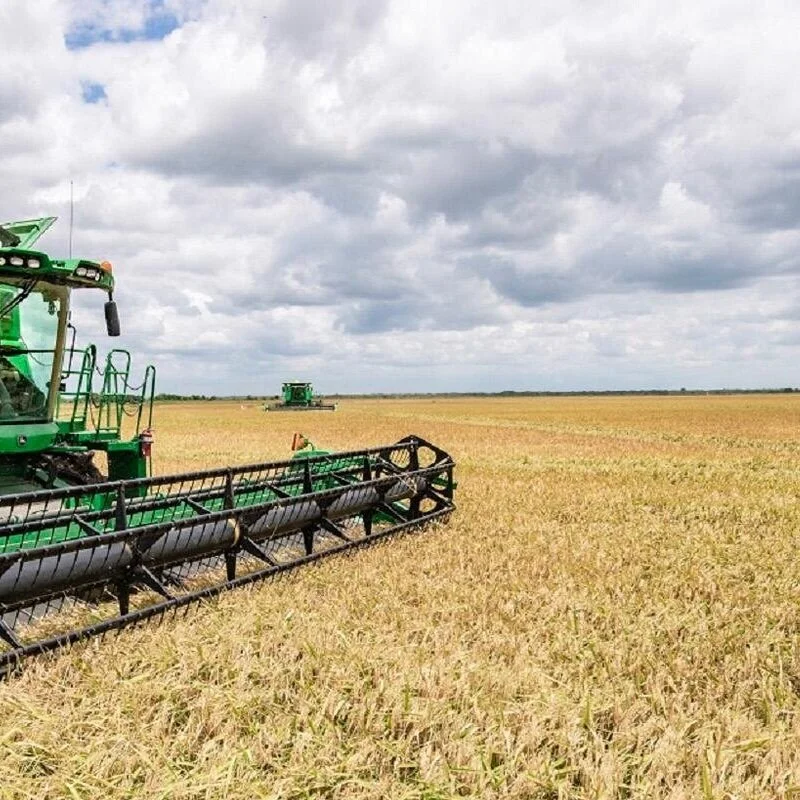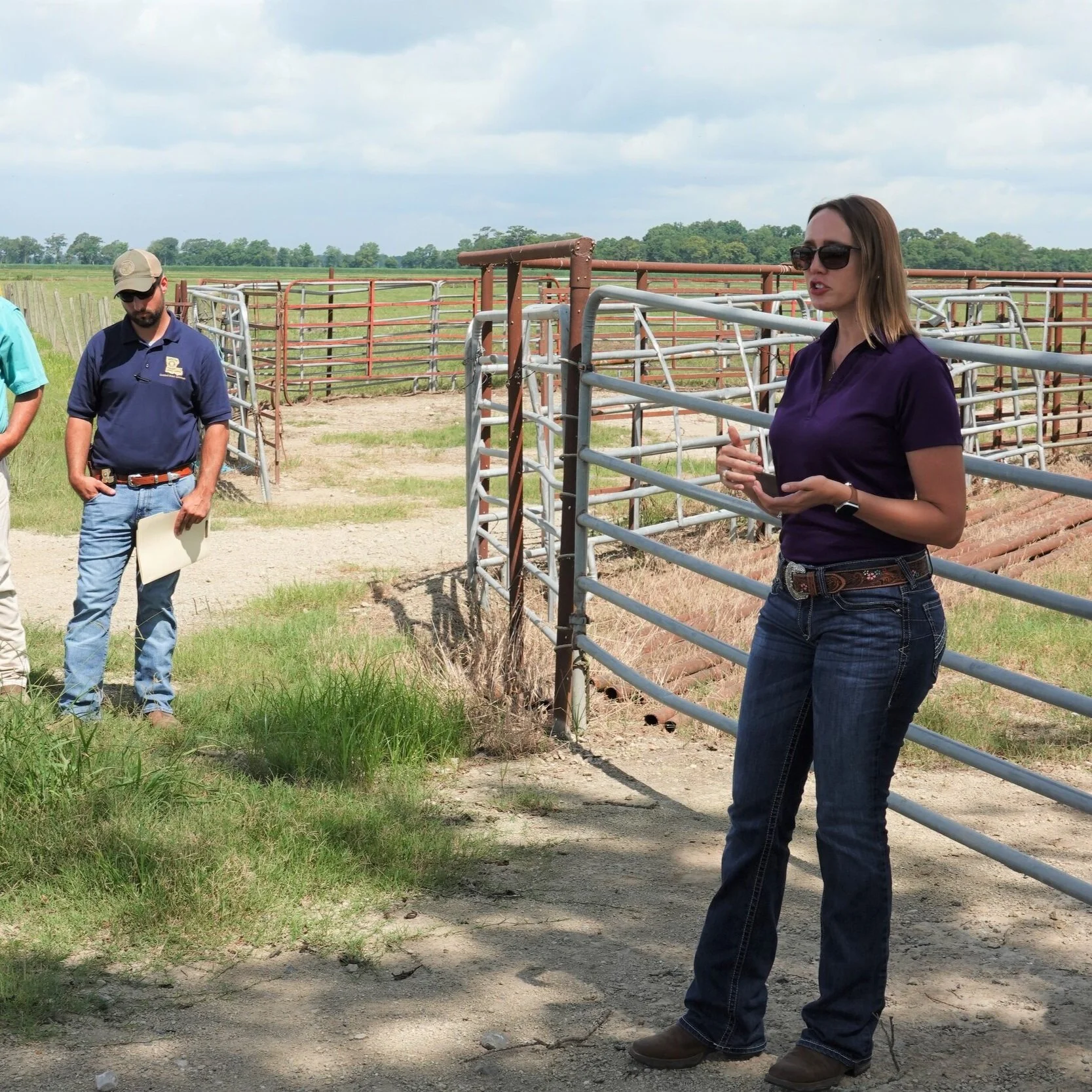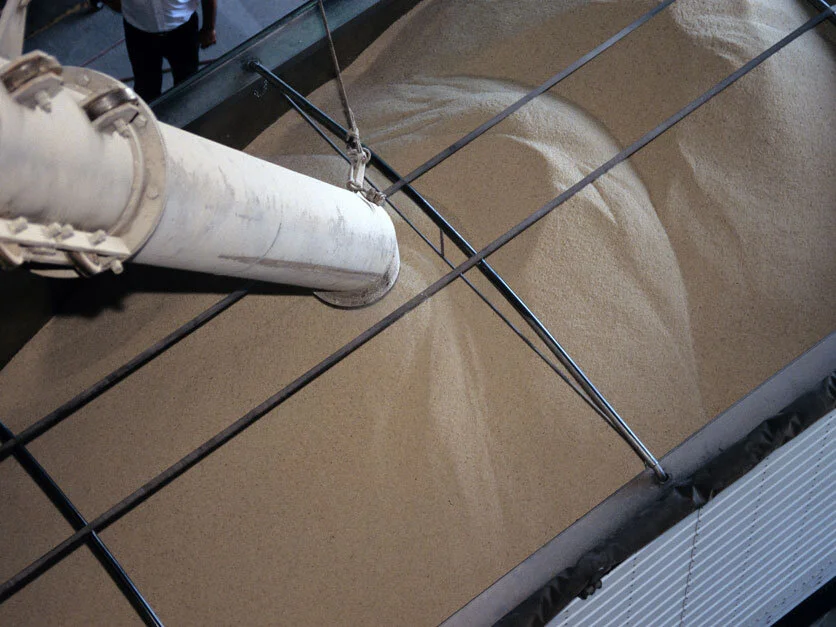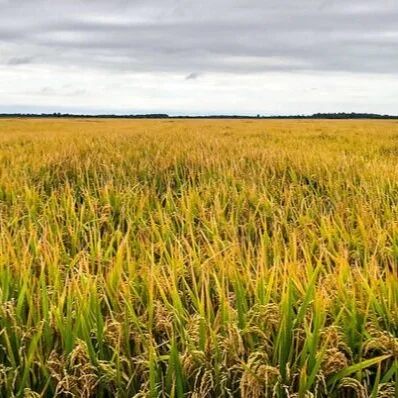Texas rice harvest is well underway west of Houston and just getting started on the east side of the state. This is typical as the west zone tends to plant earlier than the east. The consensus among growers in the area is that yields are average at best to below average. Another common comment from growers is that fields are taking longer than normal to mature due to excessive levels of rainfall and overcast skies earlier in the season that tended to slow down the crop.
Read MoreTexas rice growers need drier conditions to harvest a main crop before quality begins to fade along with hopes for a second harvest, according to a Texas A&M AgriLife Research expert.
Like many Texas crops along the Gulf Coast this growing season, persistent rains preceded major problems and concerns, said Lee Tarpley, AgriLife Research crop physiologist, Beaumont. The amount of rain is an issue, but the timing has also contributed to problems from reduced management effectiveness, lower solar radiation for plant development and muddy fields delaying harvest.
Read MoreThe big news this week came on Thursday with the announcement of U.S. rice sales to Iraq. This pushed nearby futures up to $13.85 at one point in Thursday’s trading. September rice futures followed the other CBOT grains lower in early trading Friday. However, the contract remains in an up-trending channel that’s been in place since July 12.
Read MoreSales of 80,000 tons of U.S. rice to Iraq have just been announced by ADM (subject to letter of credit approval), and an additional 40,000 tons was sold by Supreme Rice, also pending letter of credit approval. They are the first sales to Iraq in two years, arriving at the Umm Qasr port in October and November.
Read MoreCommodity field days are a normal summertime occurrence for LSU AgCenter agriculture agents and specialists, but a field day without growers is just different.
During “normal” years, the AgCenter brings together other state and federal agriculture agencies to discuss the condition of crops and livestock in the region.
Read MoreThe EPA has granted Arkansas rice farmers a Section 18 exemption for use of the pesticide Intrepid.
Read MoreKimberly Rogowski says Anheuser-Busch believes you can’t make a great beer without high quality agricultural ingredients, and, in today’s environment, that increasingly means with sustainably produced crops such as barley, hops and rice.
Read MoreAs interest in U.S.-grown rice amongst Chinese importers rises, USA Rice commissioned a consumer research study to help refine marketing targets, gauge attitudes, and develop general market intelligence on which to base a strategic approach to the consumer market.
Read MoreUniversity of Arkansas System Division of Agriculture entomologists are seeking an emergency exemption to allow for the use of Intrepid to help control armyworms that threaten the state’s 1.24 million acres of rice.
“This is the biggest outbreak of fall armyworm situation that I’ve ever seen in my career,” Gus Lorenz, extension entomologist for the Division of Agriculture, said Wednesday. “They’re in pastures, rice, soybeans, grain sorghum. It’s epic.”
Read MoreHow will this year’s weather conditions affect crop production? The Monthly Agricultural Yield Survey conducted by the U.S. Department of Agriculture’s National Agricultural Statistics Service (NASS) will survey U.S. farmers beginning July 30, 2021, regarding yields of the major row crops and hay, as well as hay stocks throughout the growing season across the United States.
Read MoreEarlier this month, the largest anti-communist protest in decades took place here as Cuban citizens begin to fight for their freedom. The protests have been led primarily by backers of the United States and disenfranchised young Cubans in response to major medicine and food shortages and in opposition to the Cuban government’s COVID-19 lockdowns.
The Cuban government responded by jailing protesters and further censoring internet access to “banned content,” including some social media platforms.
Read MoreRice production in southwest Louisiana began in earnest during the early 1880s. The rice industry rapidly increased in the region in the years that followed. From 1896 to 1909, rice acreage in southwest Louisiana expanded from 148,000 to 370,000 acres with average rice yields ranging from a low of 855 pounds per acre in 1896 to a high of 1,642 pounds per acre in 1908. Rice industry leaders in the region recognized the importance of rice to southwest Louisiana and began to take measures to ensure the sustainability of the rice industry.
Read MoreWith their two-year terms ending later this month, the chairs of two USA Rice governing boards handed their gavels to two rising industry leaders.
Kirk Satterfield, a Mississippi rice farmer from Bolivar County, was unanimously elected to serve as the new chair of the USA Rice Farmers Board of Directors and Eric Unkel, a Louisiana rice farmer from Allen Parish, was unanimously elected to serve as the new chair of the USA Rice Council Board of Directors.
Armed thieves are threatening the viability of U.S. rice exports to Haiti, the largest foreign market for U.S. long grain milled rice.
The thieves have stolen 500 metric tons of U.S. rice worth $300,000 over the past three weeks, and U.S. farmers and millers are hoping the government can quell the chaos and crime that has been gripping the country.
The situation has gotten so bad that the future of U.S. rice exports to Haiti — roughly 500,000 metric tons per year — is uncertain as exporters and the companies that provide insurance for shipments to Port-au-Prince weigh the risks of continuing to do business with importers there.
Read MoreThe outlook for 2021/22 U.S. rice this month is for slightly larger supplies, lower domestic use, higher exports, and larger ending stocks. Supplies are raised slightly as increased beginning stocks and imports more than offset lower production.
Beginning stocks are higher, primarily due to lower estimates for domestic use and residual for 2020/21, as implied by the latest NASS Rice Stocks report. Domestic use is also reduced in 2021/22 by 3.0 million cwt to 153.0 million, although still a record.
Read More
